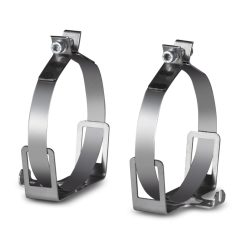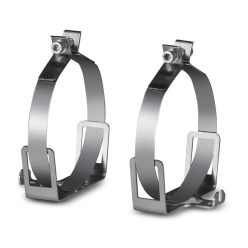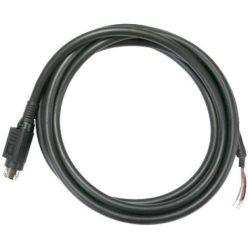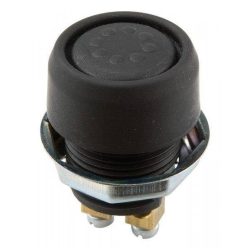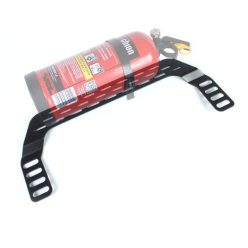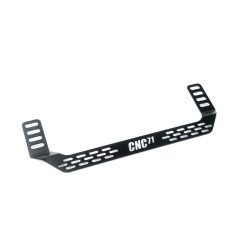Our Fire Extinguishers & Safety Equipment range covers handheld extinguishers, on-board fire systems (mechanical/electric), hoses, nozzles, brackets and switches. Trusted brands include OMP and Sparco. Choose FIA-approved kits for competition or compact handheld units for road cars. Correct mounting, clear labelling and regular servicing are essential to maximise protection.
Net price: 8 €
Net price: 12 €
Net price: 14 €
Net price: 12 €
Net price: 9 €
Net price: 21 €
Net price: 24 €
Net price: 37 €
Brief summary + key benefits
Fire extinguishers and safety equipment protect occupants and help contain fires before they escalate. Our range includes handheld powder units and on-board fire systems with the required hoses, nozzles, brackets and labels. In motorsport, FIA rules define bottle size, actuation method, nozzle count and decals; for road use, accessibility and compact size are key. A well-planned system delivers agent directly to the engine bay and cockpit, gaining precious seconds for evacuation.
Technical Basics
On-board kits come in two types: mechanical (pull-cable) and electric (push-button) actuation. Agents include foam, powder and clean agents (e.g., AFFF or modern gas types). Lines are typically aluminium, plastic or PTFE with crimped or compression fittings; end points use calibrated nozzles—fine mist in the engine bay, wider pattern in the cockpit. Mounting uses dedicated brackets and clamps to secure the bottle; clear labelling of internal and external triggers is mandatory for competition.
Handheld extinguishers are usually 2–6 kg powder units with automotive mounts. Look for fast release, a protected valve, pressure gauge and compliant labelling. Use a rigid base and stainless clamps; a loose extinguisher is a hazard during an accident.
For electrical systems, route cables away from heat, add a dedicated fuse, and use robust earthing. For mechanical systems, ensure cables run smoothly with generous radii and check for free movement during pre-event inspections.
Selection Criteria
Use case: road cars benefit from a compact handheld unit; competition requires FIA-approved systems with specified bottle capacity and nozzle layout. Some track days mandate at least a secured handheld plus quick-release bracket—always read the organiser’s rules.
Agent choice: powder covers many classes but is messy and harsh on electronics; foam spreads well and is kinder to components; clean agents leave no residue but must be sized correctly for enclosed spaces. Mixed setups (on-board foam + handheld powder) are common.
Actuation: mechanical cable systems are simple and power-independent; electric systems offer multiple triggers and status indication. If battery routing is complex, mechanical may be the safer choice.
Packaging: confirm bottle orientation (horizontal/vertical), mandatory fixation points, hose lengths and nozzle placement. Shield lines near the exhaust and protect cockpit nozzles from accidental obstruction.
Service: follow manufacturer/FIA inspection intervals for pressure checks, seals and refills. Many circuits require recent servicing stamps; plan ahead to avoid scrutineering issues.
Installation & Maintenance
Mount the bottle on a rigid multi-point bracket with clamps. Route lines with gentle bends, torque fittings to the maker’s spec, and aim nozzles toward likely fire sources. Place internal and external triggers where marshals and crew can identify them instantly—fit standard decals.
During operation, check the gauge monthly (handheld), inspect the fuse/indicator on electric systems, and perform a dry pull-test before each season to verify cable movement, electrical continuity and nozzle security.
FAQ
Why choose an on-board system over a handheld?
It discharges agent immediately at multiple points, reducing fire intensity faster and buying time to exit.
Mechanical or electric actuation?
Mechanical is simple and power-independent; electric offers multiple buttons and feedback. Regulations often determine what’s allowed.
How often is servicing required?
Follow maker/FIA cycles—typically annual checks plus multi-year bottle recertification. Without valid service, many events won’t let you run.
Where should nozzles go?
Commonly 1–2 in the engine bay near fuel/exhaust and 1 in the cockpit footwell—always follow the kit manual.
Is a handheld enough for road use?
Yes, if securely mounted and regularly checked; track rules may require more.

